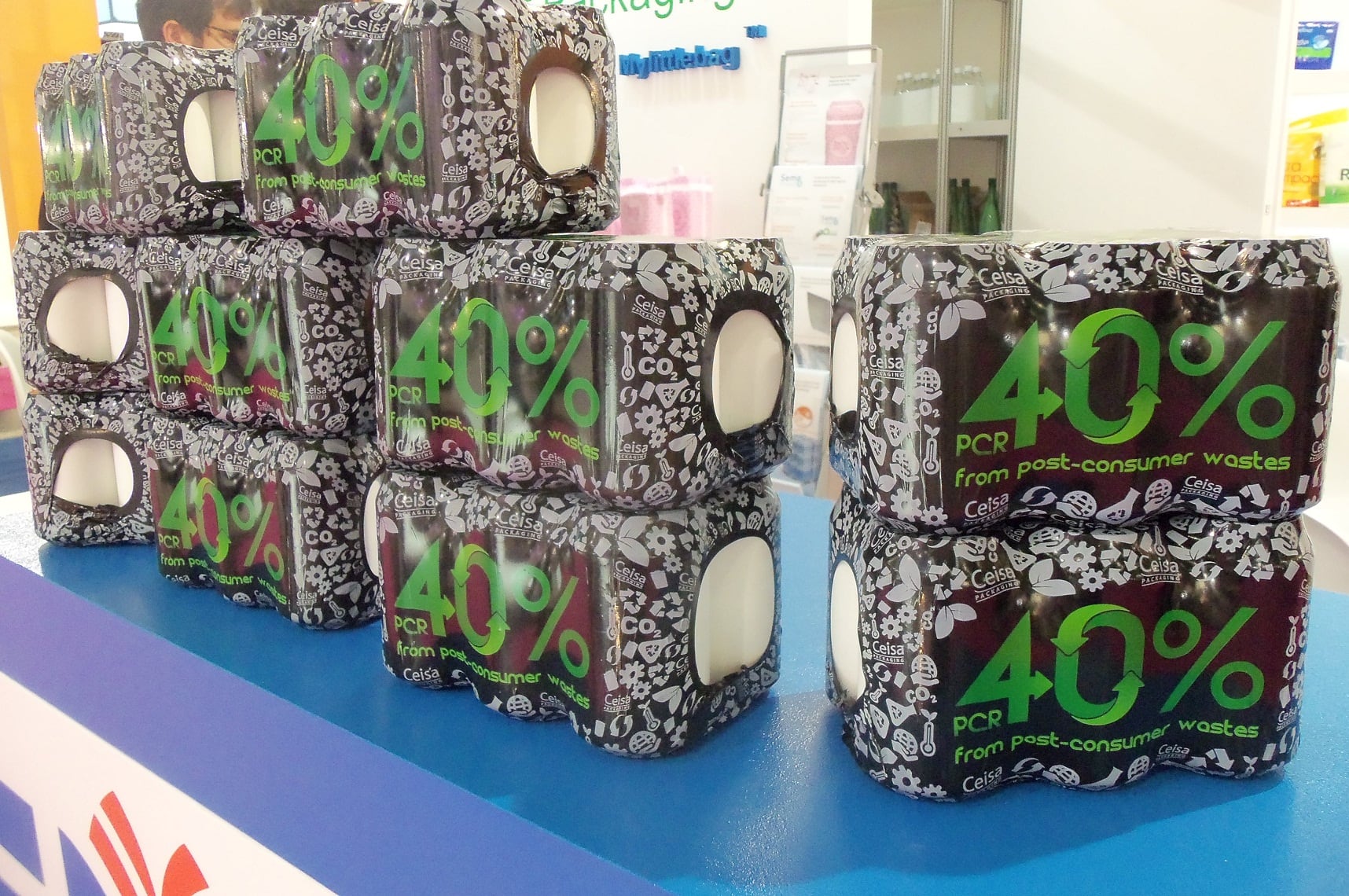The firm applied its technologies of sorting, blending and purifying of the recycled materials for mechanical and optical properties.
It produces multipack shrink film to the food, drink and dairy markets in 50 countries.
r100% is a transparent shrink film made out of post-industrially recycled film to reduce carbon footprint by at least 60% claims the firm.
The firm said it continues to invest in patented technologies to increase its distribution of r100 with the incorporation of new post-customer and post-industrial wastes.
Recycled content in films
Arthur Lepage, CEO of Ceisa and Semo Packaging, told FoodProductionDaily.com the film finds the balance between ecological concern and visual attraction in design.
“It is the first time that we, with the same idea that we see in bottles, we use more and more recycled content to be in the circler loop and we try and re-use again all the film that we can find,” he said.
“[Post-industrial waste] is waste that we buy from industrial that we rewind, we grind, we blend and can distribute again so it is our own waste plus that which we acquire from a raft of diverse industrial companies making films.”

Lepage said the firm has also launched a film made up of up to 40% post-consumer waste.
“Even one step beyond we go one step after the consumer so it’s a film made up of 40% post consumer materials so it’s a film that has been sold to consumer and supermarkets that we collected, sorted and grinded and then we can blend it and we can make a film with 40% recycled content,” he said.
“So it is really the circler loop between selling packaging to the consumer and collecting it back and issued again in film.”
Increasing demand
Lepage said the trend would be there to increase the percentage of recycled content in the film.
“We have to increase the supplies, today is quite rare in terms of supplies, as people don’t put the film in the bin to be sorted and recycled. Once the supplies grow I think that the technology is going to improve and the cost will go down and maybe we can increase the percentage of waste we can include in the film,” he said.
“It is the first step but the idea is to go up to maybe 80% or 100%.
When asked how important it is to get to a closed loop system, Lepage said: “I think it is the key. It is going to be a big trend over the years, first to increase the supplies as people put all the packaging into the right bin then to build up the channels to be able to collect the film and increase the content of the recycled material so it’s a long way but we can get there.”
Lepage said the infrastructure is not there in all countries as yet.
“We have supplies in Spain and Italy, France is going to move because there is a law coming in that will force people to put all the packaging into the bin so that’s going to create new channels and new supplies.”
